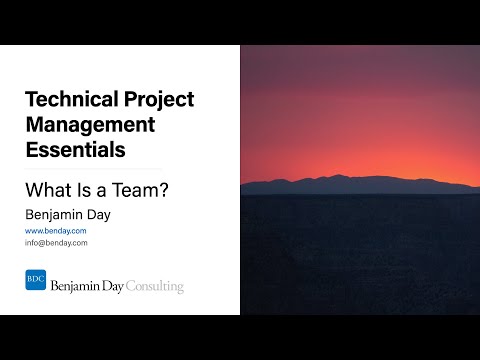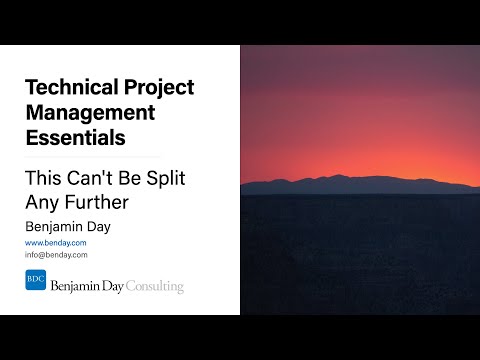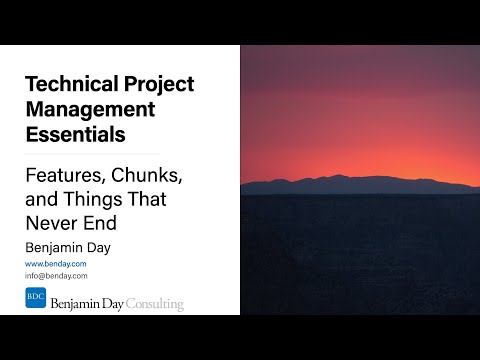My third course for Pluralsight went live this morning!
Load Testing with Visual Studio 2012
Is your application slow? Do you want to make sure it *isn’t* slow? Want to know what happens when a lot of people start using you application? Well, Visual Studio 2012’s Load Testing tools can help you out. Performance testing your application consists of four parts: 1) create the tests for each use case, 2) convert the use case tests into Load Tests, 3) run large-scale Load Tests simulating hundreds of users using a Load Test Rig, and 4) analyzing the results and fixing any problems. In this course, we’ll walk you through how to performance test your web-based or service-based application using the Visual Studio 2012 Load Testing and Performance Testing tools.
Module: Introduction
This module introduces performance testing (aka. Load Testing) with Visual Studio 2012. Topics include the purpose of performance testing, a quick overview of how it's done, and a quick discussion of the features in Visual Studio 2012.
- Introduction
- Purpose of performance testing
- Performance testing in a nutshell
- What can you Load Test with Visual Studio 2012?
- Developing Load Tests with Visual Studio 2012
- VS2012 local load vs. a load test rig
Module: Web Performance Test Basics
This module introduces you to the basics of creating a Web Performance Test with Visual Studio 2012.
- Introduction
- What is a Web Performance Test?
- Demo: Create a Web Performance Test
- How do Web Performance Tests work?
- Test Organization
- Demo: Readability with comments
- Validation Rules
- Demo: Add Validation Rules
- Parameterization & Test Context
- Overriding Context Variables
- Extraction Rules
- Demo: Extraction Rules
- Summary
Module: Validation & Extraction Rules
This module covers the details of the out-of-the-box Validation and Extraction Rules and then demonstrates the whys and hows of creating your own custom Rules with Visual Studio 2012.
- Introduction
- Validation Rules Overview
- Validation Level
- Content Validation Rules
- Performance Validation Rules
- SharePoint Validation Rules
- Extraction Rules Overview
- Custom Validation & Extraction Rules
- Demo: Custom Validation Rule
- Demo: Custom Extraction Rule
- Summary
Module: Web Performance Tests Beyond the Basics
This module covers additional Web Performance Test topics including data-driven tests, application security, conditional & loop steps, and plug-ins.
- Introduction
- Data Sources
- Demo: Add a Data Source
- WPT Security
- Demo: Add HTTP Security to a WPT
- Conditional & Loop Steps
- Demo: Add a conditional to a WPT
- Demo: Add a loop to a WPT
- WPT Plug-ins
- Demo: Create a Web Performance Test Plug-in
- Summary
Module: Load Test Basics
This module covers the basics of how to create a load test, the structure of a load test, and how to configure SQL Server Tracing as part of a load test.
- Introduction
- What is a Load Test?
- Demo: Create a Load Test
- Pieces of a Load Test
- Pieces of a Load Test Scenario
- Test Mix Models
- Browser Mix & Network Mix
- User Load Patterns
- Counter Sets & Test Settings
- Demo: Enable SQL Server Tracing
- Summary
Module: Load Test Beyond the Basics
This module covers more of the 'real world' tasks of load testing including how to consume test types beyond just WPTs, generating lots of load with a Load Test Rig, and custom performance counters in your apps and load tests.
- Introduction
- Unit Tests in a Load Test
- Demo: Add a Unit Test to a Load Test
- Load Test Rigs
- Demo: Run a Load Test on a Rig
- Custom Performance Counters
- Demo: Add Custom Performance Counters to the Code
- Demo: Use Custom Performance Counters in a Load Test
- Coded UI Tests in a Load Test
- Summary
Module: Case Study
This module is based on an actual customer engagement. The customer's application worked as expected in their dev and test environments but their end-users reported mysterious errors and general slowness in production. This module walks you through the process of recreating these errors using load tests and then using the Visual Studio Code Profiling tools to find inefficiencies in the code.
- Introduction
- The Situation
- Best Practices vs. Reality
- Demo: Recreate & Fix Problems with a Load Test
- Demo: Compare Load Test Results with Excel
- Explanation of the Problem
- Performance Wizard & Code Profiling
- Demo: Code Profiling
- Summary
-Ben
-- Looking for help with Load Testing using Visual Studio 2012 or Visual Studio 2013? Having problems finding or recreating performance problems in your application? Want some training on testing or Scrum? Drop us a line at info@benday.com.
![SNAGHTML147d0cb8[4] SNAGHTML147d0cb8[4]](https://bdcwww.blob.core.windows.net/images/2013/08/26/pluralsight-load-testing-with-visual-studio-2012-course-is-up/SNAGHTML147d0cb84_thumb.png)





